The August Lily, scientifically known as Hosta plantaginea, is a perennial plant from the Asparagaceae family, native to China. It is well-loved for its glossy, oval leaves adorned with deep parallel veins, a signature characteristic of the plantain lily group. Unlike others in its genus, the August Lily produces large, trumpet-shaped white flowers with a captivating fragrance, making it a standout addition to shaded or north-facing gardens. Adaptable to a range of conditions, this plant thrives in high humidity and temperatures, making it a versatile choice for gardeners.
| Common name | August Lily, Fragrant Plantain-lily, Hosta, Plantain lily, White Plantain-lily |
| Botanical name | Hosta plantaginea |
| Family | Asparagaceae |
| Species | plantaginea |
| Origin | China |
| Life cycle | Perennial |
| Plant type | Herbaceous Perennial |
| Hardiness zone | 3, 4, 5, 6, 7, 8, 9 |
| Sunlight | Deep shade |
| Maintenance | Low |
| Soil condition | High Organic Matter |
| Soil ph | Acid |
| Drainage | Well-Drained |
| Growth rate | Slow |
| Spacing | 3 ft. – 6 ft. |
| Flowering period | Fall |
| Height | 1 ft. – 2 ft. |
| Flower color | White |
| Leaf color | Gold, Yellow |
| Fruit color | Brown, Copper |
| Stem color | Green |
| Fruit type | Capsule |
| Leaf benefit | Showy |
| Flower benefit | Fragrant |
| Garden style | Butterfly Garden |
| Uses | Coastal |
I. Appearance and Characteristics
Hosta plantaginea, the fragrant plantain lily or August lily, is a species of flowering plant in the family Asparagaceae, native to southeast and south-central China, and a garden escapee in scattered locations worldwide. This species and cultivars and hybrids derived from it are the only fragrant hostas. As a wild plant, it is typically found growing in the herb layer of mountain forests, below 2000m.
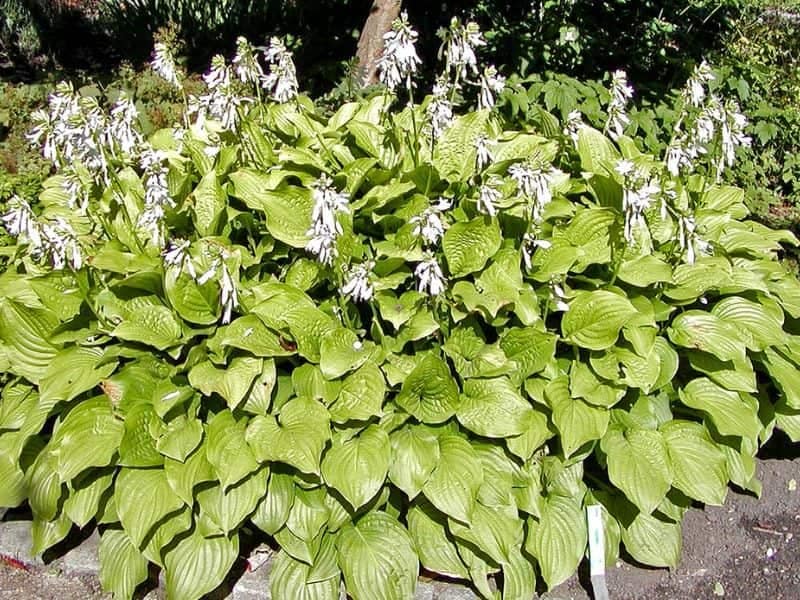
II. How to Grow and Care
Sunlight
August lily can make full use of weak light and have excellent shade tolerance. Its varieties can be classified according to leaf color: yellow leaf group, variegated leaf group, green leaf group, and gray leaf group. Among these, the gray leaf group plants have the strongest shade tolerance, while the yellow leaf group plants have the weakest.
Ventilation, proper cooling, and increased air humidity help improve the utilization rate of light energy. In an environment that has sufficient sunlight, August lily will generally grow better, and the sunlight will affect their leaf color and pattern. However, exposing them to blazing sunlight for a long time is not recommended. Direct sunlight may burn the leaves.
Temperature
August lily likes warm weather but grows slowly in high temperatures, especially in summer. Its suitable growth temperature is 15 to 22 ℃. The hardiness of different varieties is significantly different. When the ambient temperature is lower than 0 ℃ in winter, it is best to move potted august lily inside, and move it back outside when temperatures rise the following spring.
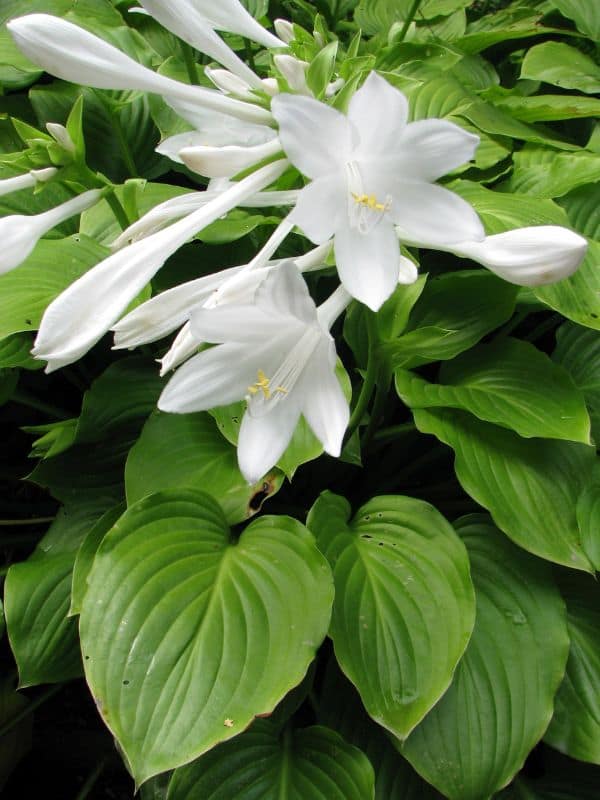
August lily likes a well-drained growth environment, and there is some difference in water resistance between different varieties. Varieties with thick leaves are more drought-tolerant, though still not adaptable to dry, bare, or windy places. Some of them are more resistant to moisture, but they are still not suitable for planting in standing water or excessive humidity.
Watering
Originating from the lush undergrowth of East Asian forests, august lily thrives in conditions that mimic its native high humidity and consistent soil moisture. This species exhibits a preference for evenly moist substrates, demonstrating moderate drought tolerance. Watering should be administered once every 1-2 weeks to maintain optimal hydration without oversaturation. As an herbaceous perennial commonly grown outdoors, august lily benefits significantly from rainwater during its active growing season, which complements its watering schedule and supports its vigorous summer bloom.
Soil
August lily can grow in moist, well-drained, shady areas. It likes loose, air-permeable, sandy soil with rich humus. The suitable soil pH is about 6.5-7.5. Before planting, a small number of nutrients can be added to the soil, such as compost, leaf mold, pine needle mulch, organic fertilizer, or sphagnum moss. This will make august lily grow better.
Fertilizing
For optimal growth, august lily thrives with balanced nutrition fertilizers, applied every 4-6 weeks during the growing season. Fertilization benefits august lily by boosting foliage and flower development, enhancing vigor. Use fertilizer sparingly; over-application can damage roots. In dormancy, cease fertilizing. Practical tip: lightly incorporate fertilizer into soil around august lily, avoiding direct contact with leaves or base. Adjust amounts based on plant size, and always water thoroughly post-application.
Pruning
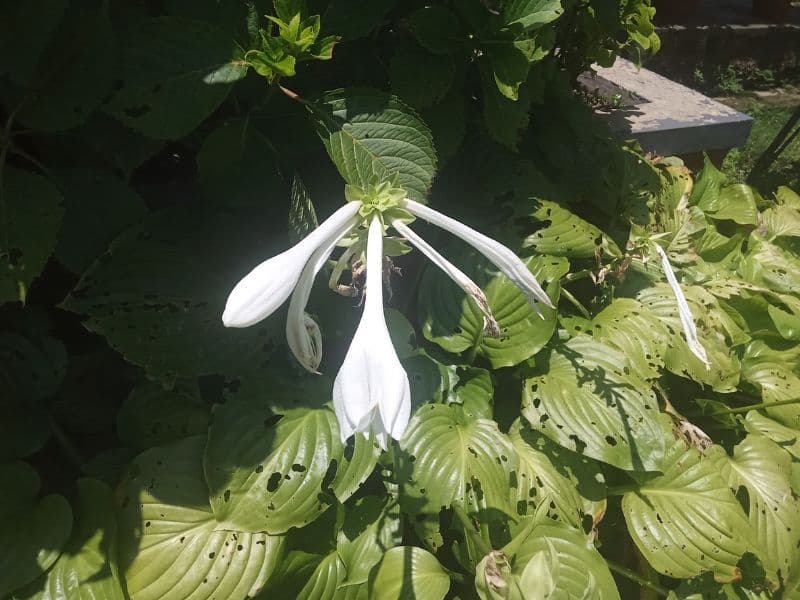
August lily does not require regular pruning; simply cut off any yellowing leaves during growth. If you are not planning to harvest the seeds, cut off the scapes after blooming to conserve energy for growing fruits. This will promote the growth of leaves and flowers thereafter, and improve the ornamental effect. August lily will wither at the end of fall, which is when it is best to cut off the above-ground part of the plant. The remaining underground part will generate new plants in the following year.
Propagation
August lily is best propagated through division, ideally in spring or autumn. It has a moderate propagation difficulty, with signs of successful propagation including new shoots and root growth. Be gentle while dividing to prevent root damage.
Transplanting
To maintain a thriving august lily, transplant during the ideal season of mid-spring to early summer, as warmer temperatures encourage root establishment. Choose a location with ample shade and well-draining soil. Remember to gently loosen the roots before positioning the plant.
Repotting
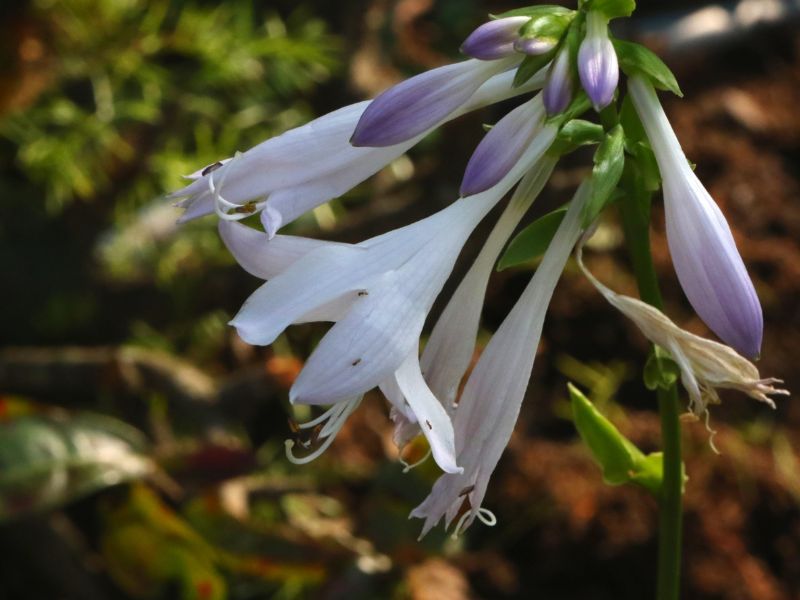
Repot august lily every 2-3 years, ideally in spring before peak growth. As a lush, mound-forming perennial, august lily thrives in a slightly larger pot to accommodate root expansion. Post-repotting, use well-draining soil and maintain consistent moisture without overwatering. Fertilize lightly to support recovery and encourage vibrant foliage. Remember, august lily is a forgiving plant, making post-repotting care straightforward for gardeners.
III. Uses and Benefits
August lily is a herbaceous perennial commonly found in tropical gardens. It is prized for its fragrant flowers and unique, lined foliage. Its shade-loving growth habit makes it suitable for ground cover beneath tall shrubs and trees. August lily is appropriate for pollinator and cottage-style gardens. Suggested companion plants include Bleeding Heart or Coral Bells to make strong color contrasts.
IV. Harvesting and Storage
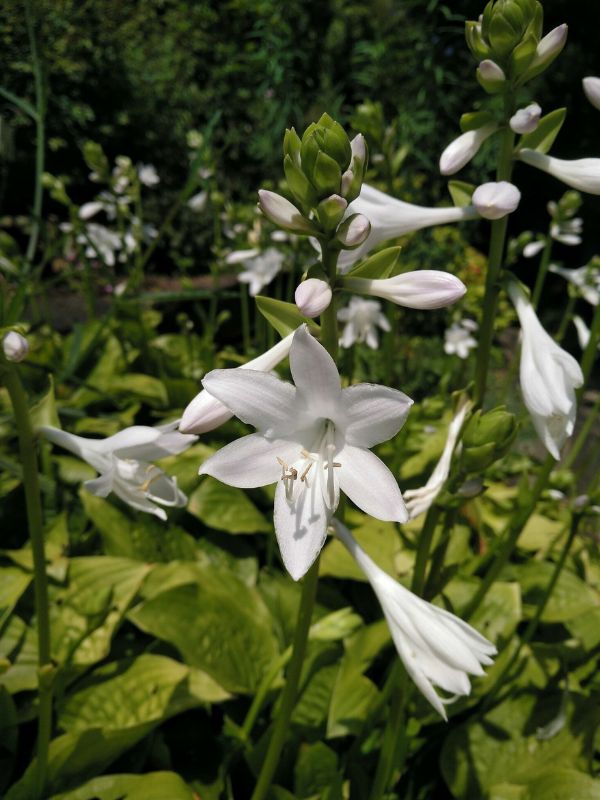
The inflorescences of august lily with stems or leaves can be harvested for appreciation. In summer, the plant can be harvested for fresh-cut flowers when the flower bud at the bottom of the inflorescence is milky white, fully inflated, and ready to bloom. Once grown to a sufficient size, the leaves can be harvested to decorate bouquets. It is best to harvest in the morning at low temperatures to reduce water loss.
Find Where to Buy the Best Fragrant Plantain-lily (Hosta plantaginea)




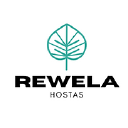












Leave a Reply